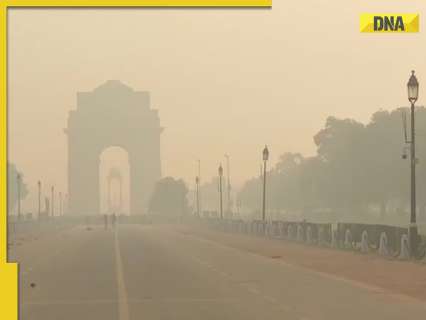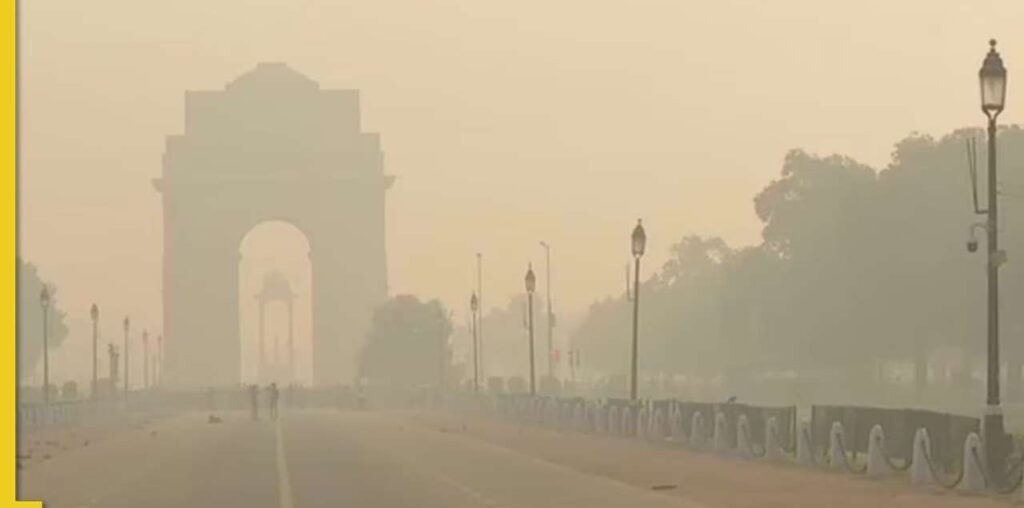
The air quality deteriorated further on Diwali night, with PM2.5 levels rising sharply, creating hazardous conditions for respiratory health.
The morning after Diwali, residents of Delhi, Noida, Gurugram and other areas in the National Capital Region awoke to a thick layer of toxic smog. Many locations in Haryana reported air quality indices (AQI) categorized as ‘poor’ and ‘very poor’ during the Diwali celebrations.
In Anand Vihar, Delhi, the AQI reached a concerning 395 at 6 AM on November 1, according to the Central Pollution Control Board (CPCB). The air quality deteriorated further on Diwali night, with PM2.5 levels rising sharply, creating hazardous conditions for respiratory health.
#WATCH | Delhi: A thin layer of smog engulfs the National Capital as the air quality continues to deteriorate.
As per the CPCB, the AQI of the area is 317, in the ‘very poor’ category.
(Visuals from India Gate) pic.twitter.com/nKvFMOPZrd
— ANI (@ANI) November 1, 2024
Several areas in Punjab and Chandigarh also experienced poor air quality. By 11 pm on Thursday, Gurugram recorded an AQI of 322, while Jind and Charkhi Dadri reported AQIs of 336 and 306, respectively, as per data from the Sameer app.

